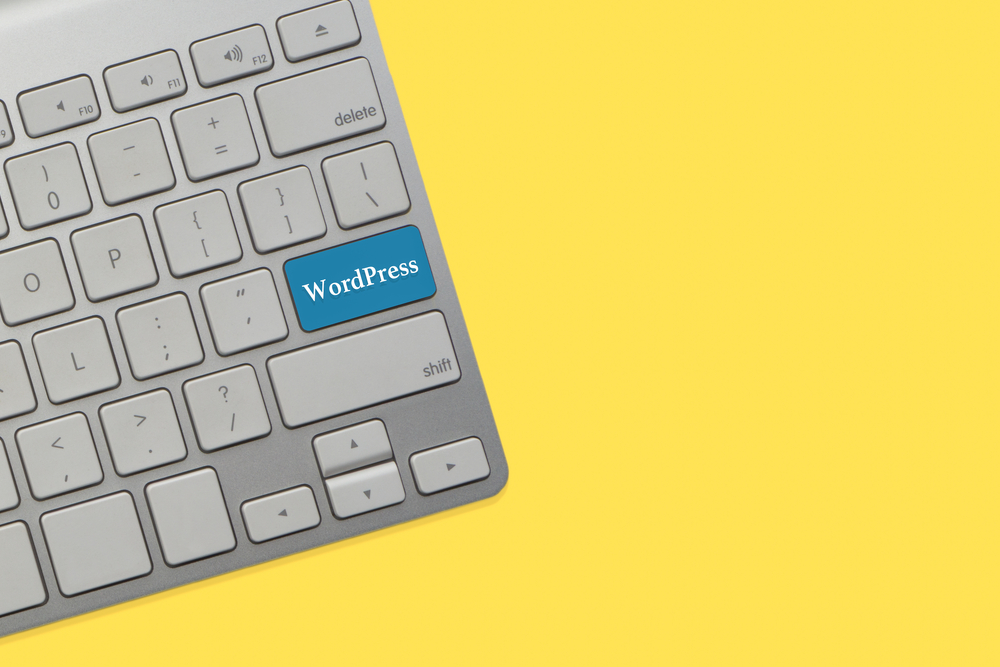
WordPress has become one of the most popular content management systems (CMS) in the world, powering approximately 40% of all websites on the internet. Its flexibility, ease of use, and vast array of plugins and themes make it an ideal choice for individuals and businesses looking to create a stunning and functional website. If you're new to WordPress or want to take your skills to the next level, this article will provide you with expert tips for customization and maintenance.
1. Choose the Right Theme
One of the first steps in customizing your WordPress website is selecting the right theme. A theme determines the overall design and layout of your site, and there are thousands of options available in the WordPress (WP) theme directory.
When choosing a theme, consider your website's purpose and target audience. Look for a theme that matches your desired style and provides the necessary features. Pay attention to user reviews and ratings, as well as the theme's update frequency and developer support. Remember, a well-coded and regularly updated theme is crucial for security and performance.
2. Customize with Widgets and Plugins
Widgets and plugins are powerful tools that allow you to add functionality and customize your WordPress (the blogging platform) website without any coding knowledge. Widgets are small blocks of content that you can easily drag and drop into predefined areas on your website, such as sidebars or footers.
Plugins, on the other hand, are like software add-ons that extend the capabilities of your WordPress (or WP) website. There are plugins available for almost every functionality you can imagine, from contact forms and social media integration to e-commerce solutions and SEO optimization.
Take some time to explore the thousands of free and premium widgets and plugins available in the WordPress (the platform for bloggers) plugin repository. Carefully select the ones that best align with your website goals and ensure they are regularly updated and supported by their developers.
3. Master the Art of SEO
Search Engine Optimization (SEO) is crucial for driving organic traffic to your website. WordPress provides several built-in SEO features, but you can further enhance them with the help of plugins like Yoast SEO or All in One SEO Pack.
When optimizing your WordPress website for search engines, make sure to focus on keyword research, on-page optimization (such as meta tags and headings), and high-quality content creation. Additionally, pay attention to your website's performance, including page loading speed and mobile responsiveness, as they are essential ranking factors.
4. Regularly Update and Backup Your Website
WordPress releases regular updates to enhance security, fix bugs, and introduce new features. It is crucial to keep your WordPress installation, themes, and plugins up to date to ensure optimal performance and protect your website from potential vulnerabilities.
Before performing any updates, however, always backup your website to prevent any data loss in case of unexpected issues. WordPress provides various backup plugins that automate the process, making it quick and effortless.
5. Optimize Website Performance
Website performance is a critical aspect of user experience. A slow-loading website can lead to high bounce rates and poor search engine rankings. Fortunately, WordPress provides several ways to optimize your website for speed.
Start by choosing a reliable and fast hosting provider. Utilize caching plugins, like WP Super Cache or W3 Total Cache, to generate static HTML versions of your dynamic content, reducing server load and enhancing page load times. Additionally, optimize your images by compressing them and use lazy loading techniques to only load images when they come into view.
Frequently Asked Questions
1. Can I customize my WordPress website without coding?
Absolutely! WordPress offers a wide range of customization options through themes, widgets, and plugins, allowing you to create a unique website without any coding knowledge.
2. How do I secure my WordPress website?
To secure your WordPress website, make sure to use strong passwords, regularly update WordPress, themes, and plugins, and utilize security plugins like Wordfence or Sucuri. It's also essential to only download plugins and themes from trusted sources and keep backups of your website.
3. Can I switch themes without losing my website content?
Yes, switching themes in WordPress does not affect your website's content. However, the new theme might have different design elements, so some adjustments may be required. Always preview the theme before activating it to ensure it meets your expectations.
4. How do I improve my WordPress website's loading speed?
To improve your WordPress website's loading speed, choose a reliable hosting provider, use caching plugins, optimize your images, and remove any unnecessary themes or plugins. You can also utilize a content delivery network (CDN) to distribute your website's files across multiple servers worldwide.
5. Can I create an e-commerce website with WordPress?
Absolutely! WordPress, combined with popular e-commerce plugins like WooCommerce, allows you to create a powerful and feature-rich online store. You can easily manage products, payment gateways, and shipping options, making it suitable for small and large-scale businesses alike.
As you can see, mastering WordPress customization and maintenance doesn't have to be a daunting task. With the right tools and knowledge, you can create a stunning website that reflects your brand and meets your goals. Follow these expert tips, and your WordPress journey will be a smooth and successful one!
Other useful resources
- https://en.wikipedia.org/wiki/Blog
- https://en.wikipedia.org/wiki/WordPress